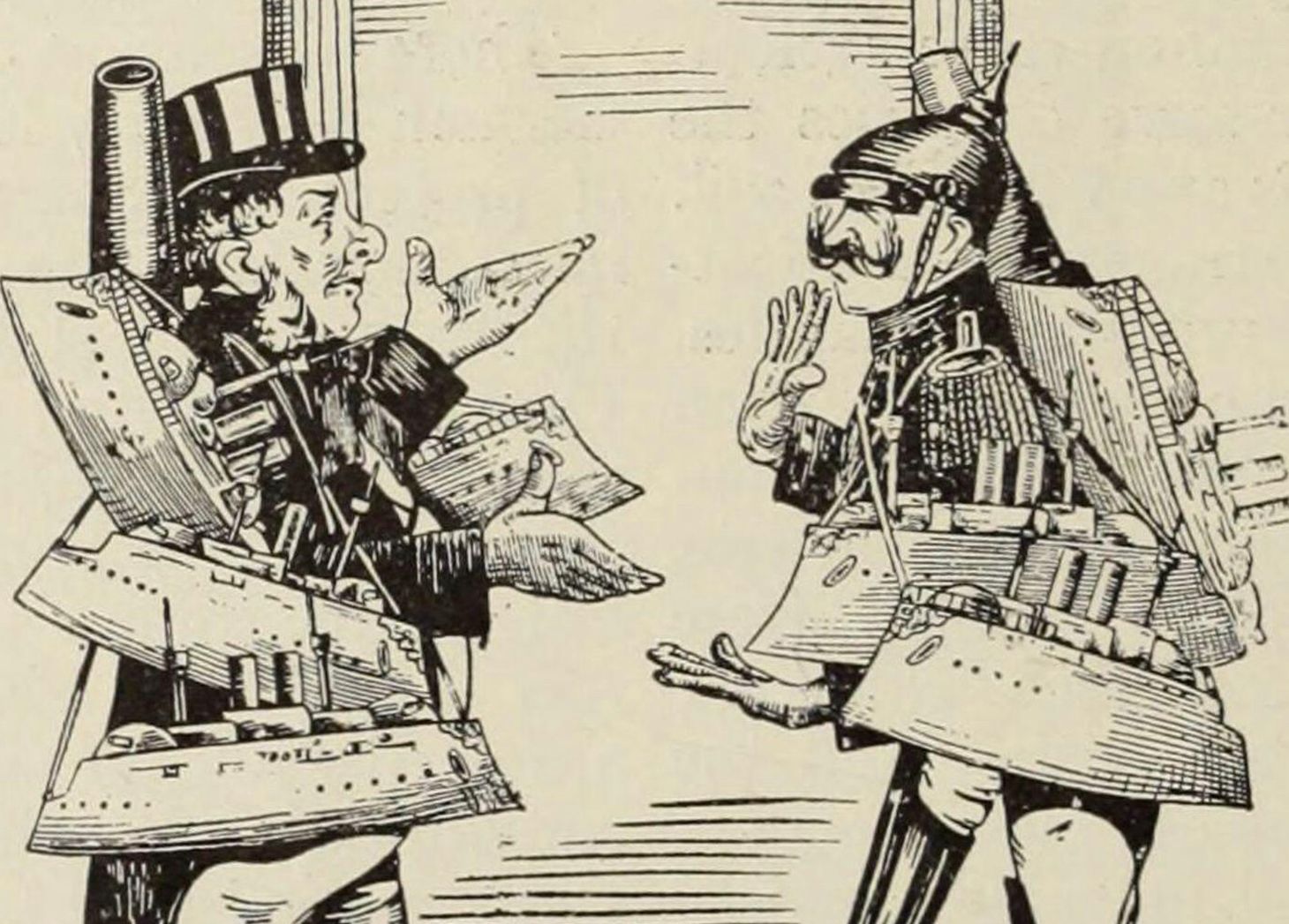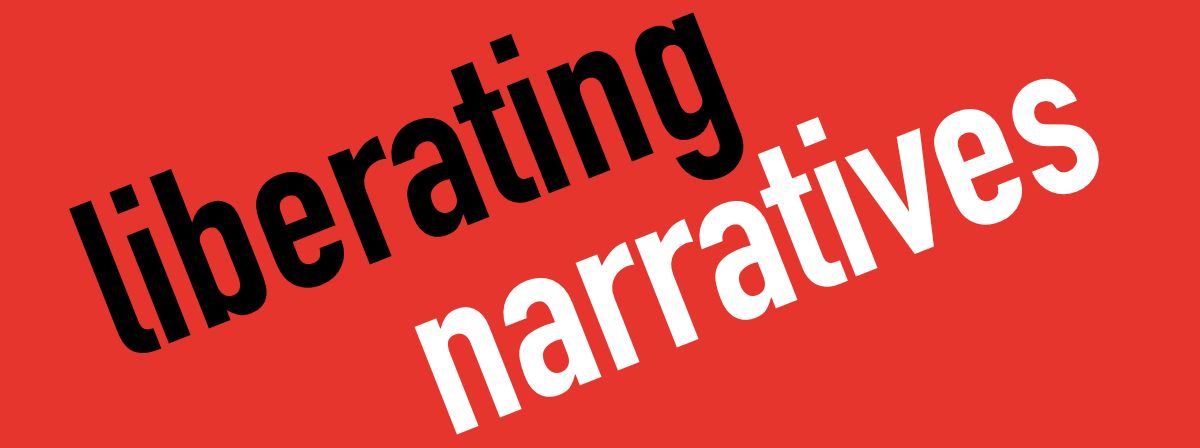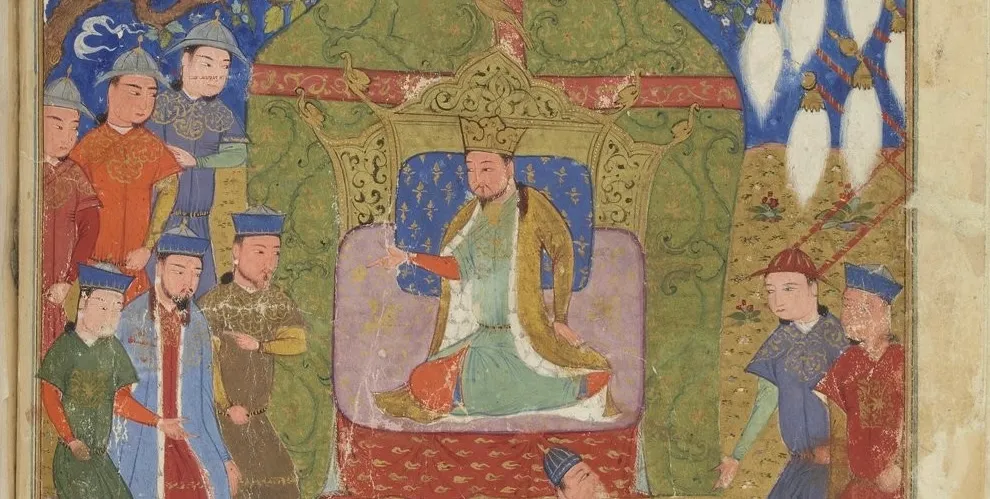“An Age of Questioning”: Reimagining the Teaching of the Twentieth Century
A discussion of how we can teach twentieth century world history and center the voices of women and African, Asian, Indigenous, and Latinx voices.

When I was in high school in the 1980s and 1990s, I remember all my history courses stopping at the Second World War. It was as if the forty-five years after the war didn’t count as history. And when I talk to other history teachers, I often notice that some struggle with teaching the twentieth century. Some teachers stop in 1991 at the end of the Cold War. Others get caught up in a Eurocentric narrative that focuses on the world wars and the Cold War. Others struggle with figuring out which events and individuals from Africa, Asia, and Latin America to include.
When we consider that there were seemingly many more critical events in the twentieth century, it can be hard to identify which ones to focus on. We are still relatively close to many of the events of the twentieth and early twenty-first centuries, so it can be challenging to identify what is most critical and how to present the material. It’s also worth acknowledging that most of us as teachers grew up learning a history that focused on White Europeans so we may feel less “familiar” or “comfortable” with a more inclusive and diverse history. The reality is that many of us now teach in classrooms with students whose families come from all over the world. We want to integrate their histories into our narrative of the twentieth century in a meaningful way.
As I begin the theme for the next month, I will focus on how we can reframe the history of the long twentieth century (1900 to present). Using different themes and essential questions for the twentieth century, we can provide our students with a more inclusive narrative that better integrates the histories of women and African, Asian, Indigenous, and Latinx peoples.
Letting Go of “Everything”
One of the most important things we need to remind ourselves when teaching the twentieth century is that we cannot cover everything if we hope our students have a meaningful understanding. We have to prioritize avoiding the content trap. What may be even more challenging is acknowledging that we cannot even cover most of the events of the century, so we want to be thoughtful in choosing themes and patterns that we can weave through the whole period.



